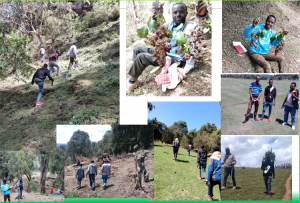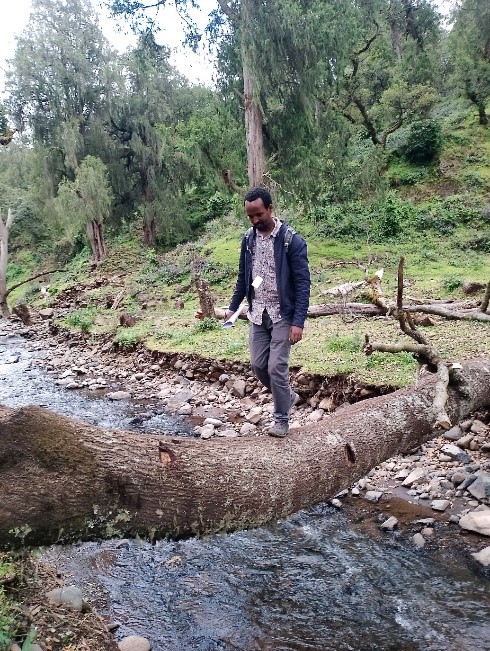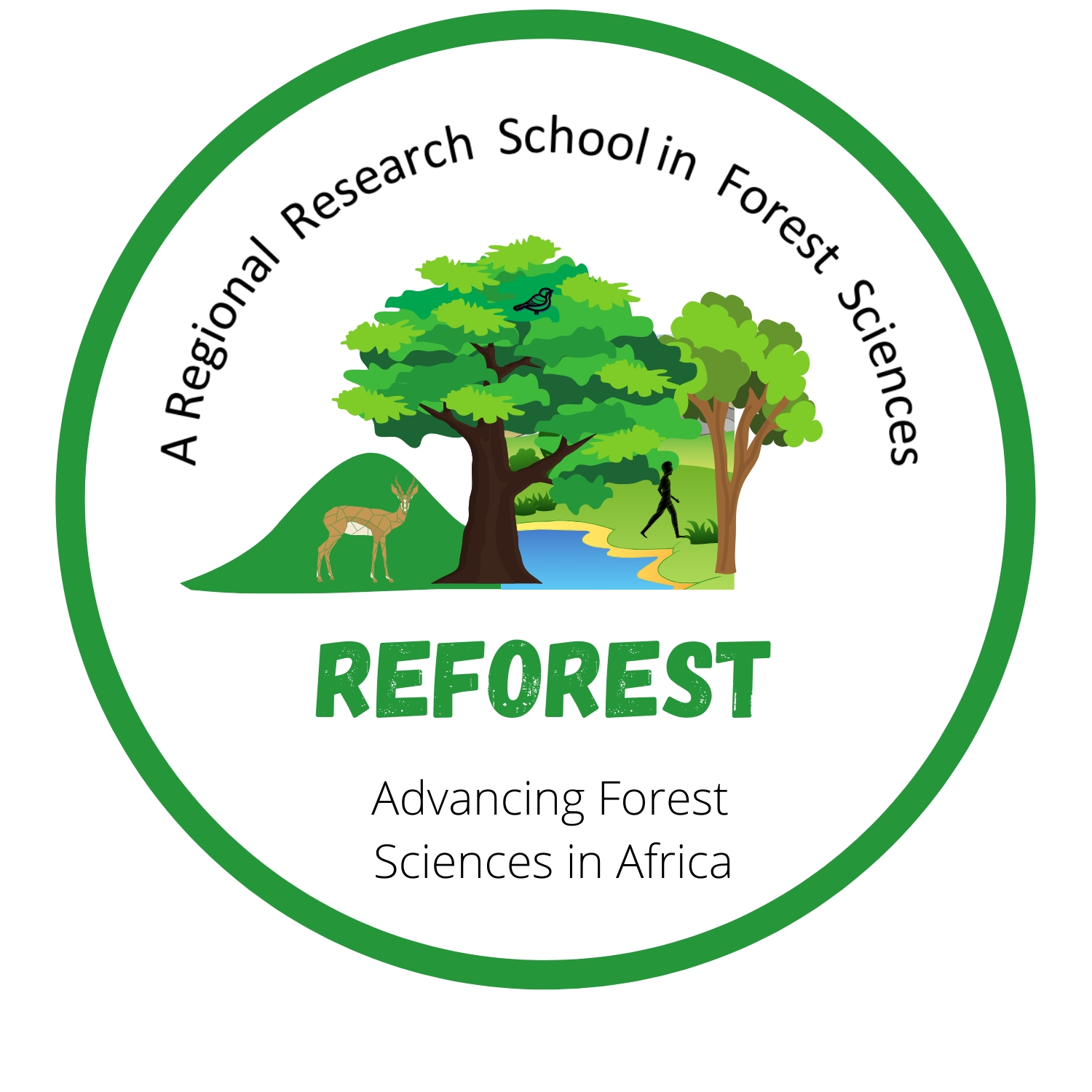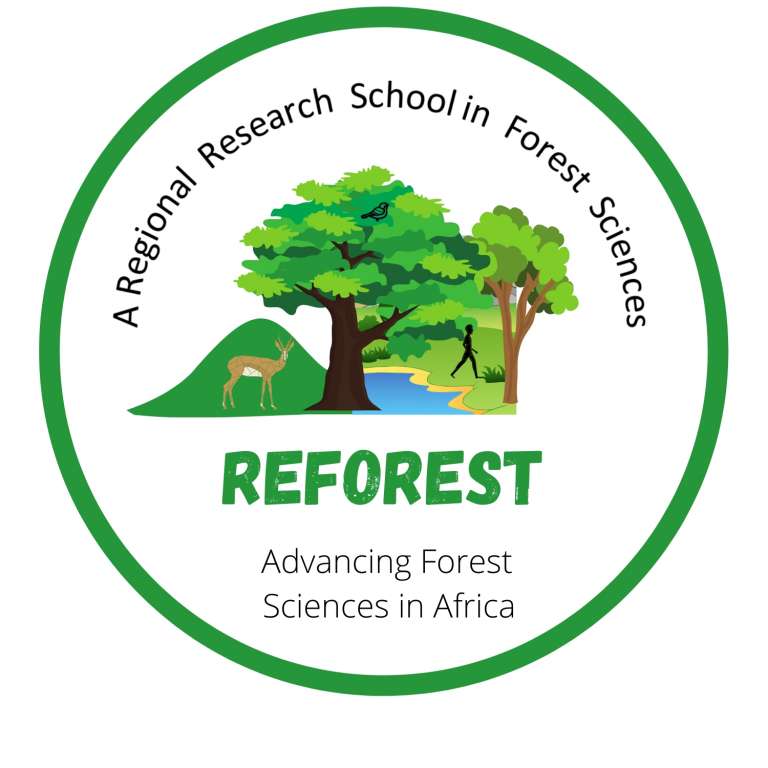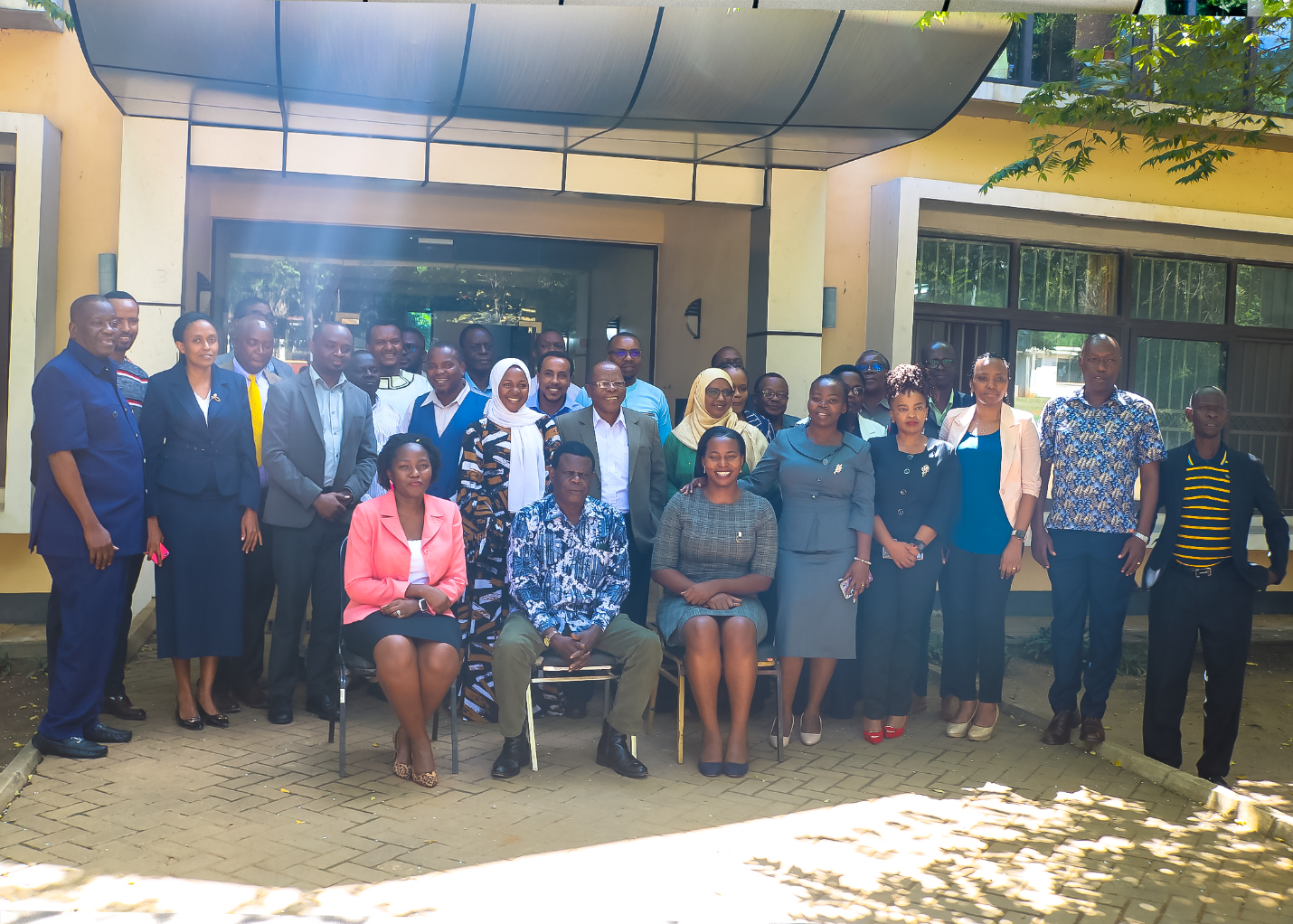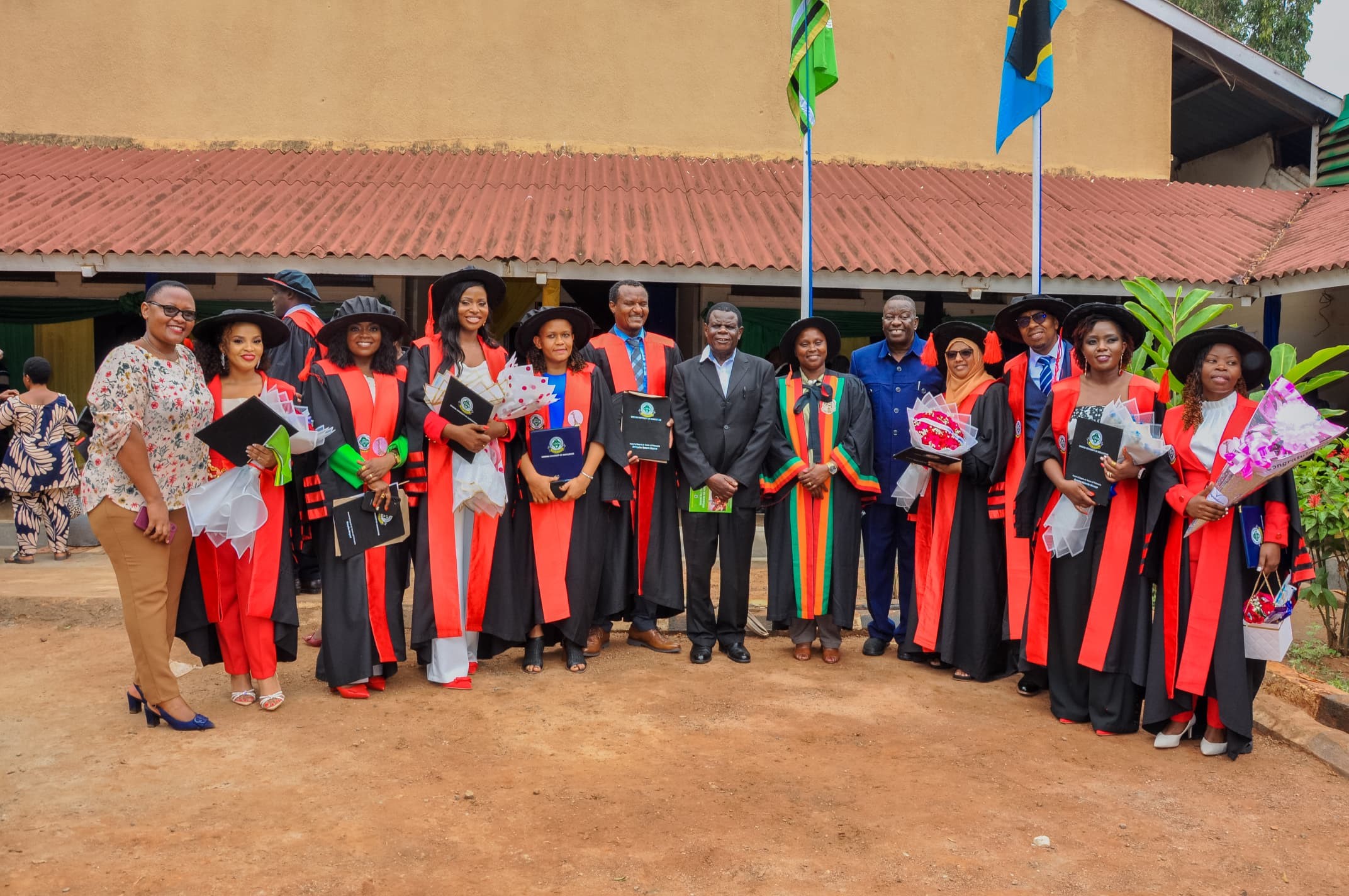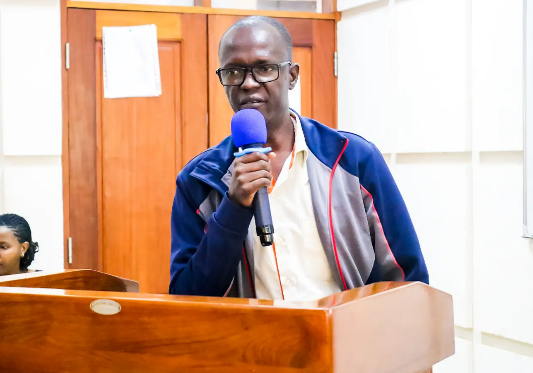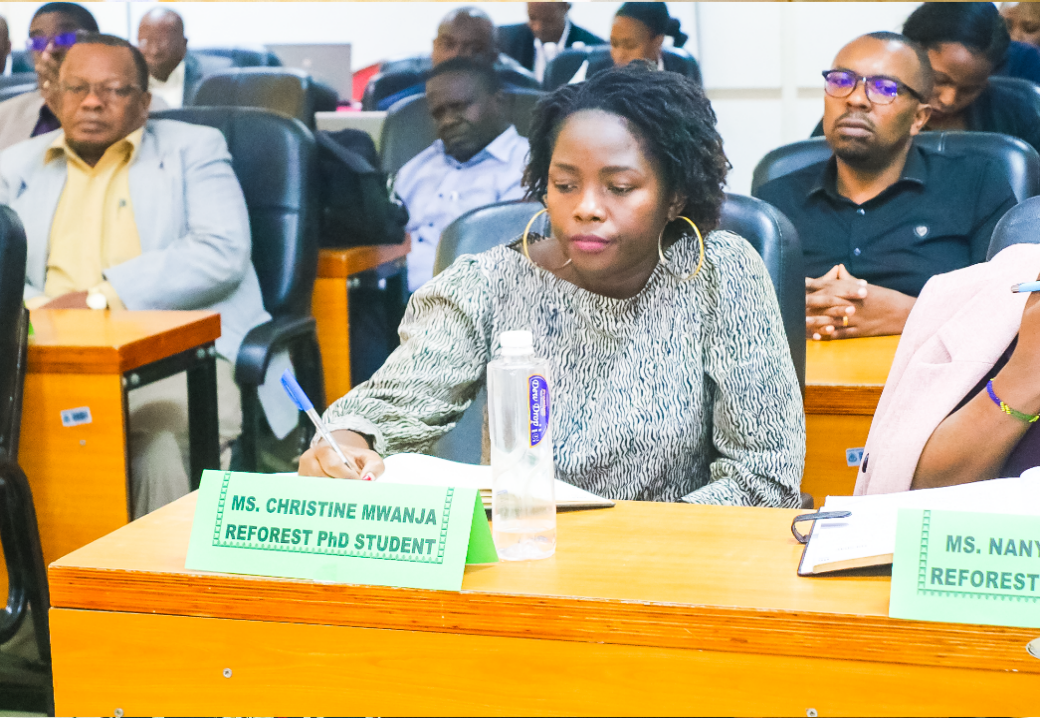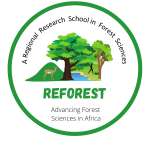By Lemma Tiki
PhD student under REFOREST Programme at Sokoine University of Agriculture
Introduction
My research activities in Ethiopia started in February, 2022 by preliminary field visit to Southeastern part of the country called Adaba-Dodola forest priority areas. Adaba-Dodola forest is a dry afro-montane forest which has been under a management of Oromia Forest and Wildlife Enterprise (OFWE). It is bordered by treeless and vast agricultural plain in Northern part and serves as a buffer zone for Bale Mountain national park in the southeast. The forest was designated a state owned forest priority area, covering 140,000 ha in 1970s. Currently, it covers less than 53,000 ha. OFWE transferred majority of the forest blocks to the local community as Participatory forest management (PFM) and some part of the forest blocks are still managed by OFWE Adaba-Dodola district office (None PFM). Both PFM and none PFM forests are found side by side along the hillsides of Adaba and Dodola districts.
Vegetation and human use
The vegetation of the natural forest is dominated by mainly three important, valuable and endangered tree species: Juniperus procera, Podocarpus falcatus and Hagenia abyssinica (Fig 1).
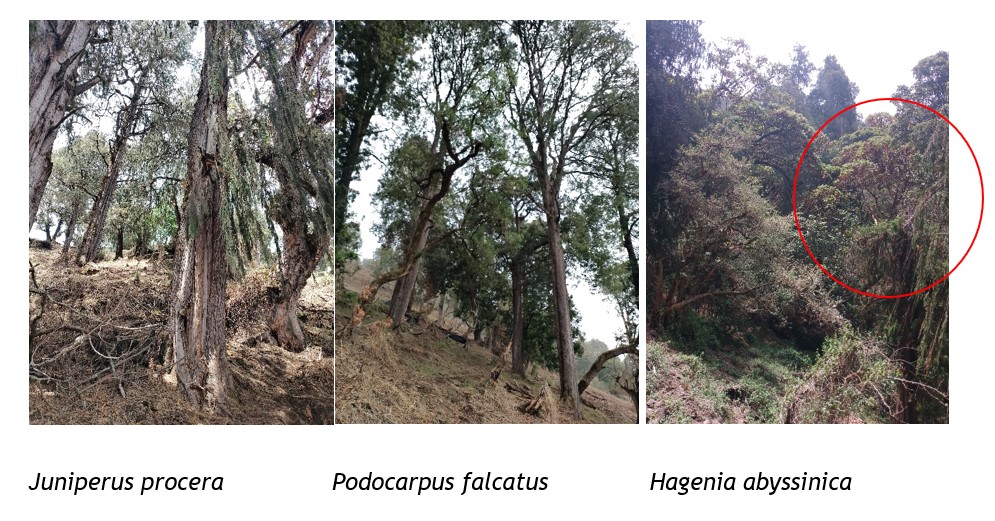
Figure 1: Three dominant tree species in Adaba-Dodola dry afromontane forest (Photo by Lemma T.)
These dominant species in the forest and have economic importance for the local community. Juniperus procera is highly utilized as poles for construction and fuel-wood (Fig 2) while Podocarpus falcatus and Hegenia abyssinica are highly valuable for timber production. The use of forest resources is of high importance as the people in the area live near or inside the forest.
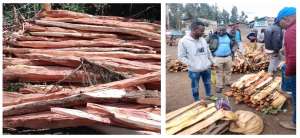
Figure 2: Construction pole (left) and fuel-wood (right) extraction from Adaba-Dodola dry afromontane forest (Photo by Lemma T.)
Topographic condition
The area is a source of important perennial rivers, which flow to basins called Wabe Shebele and Genale-Dawa. The topographic landscapes of the site are rugged, made up of mountain chains with a maximum elevation of about 3,800 m and minimum about 2400m. Most of the forest patches are located in inaccessible areas such as valley bottoms, and along river banks and ridges (Fig 2).
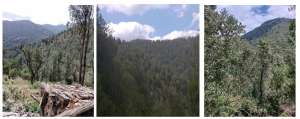
Figure 3: The landscape nature of Adaba-Dodola dry afromontane forest (Photo by Lemma T.)
The landscape condition which is very rugged and hilly was one of a major challenges during field data collection within the forest. Seven representative kebeles (Sole, Wosha, Meskel Haricho, Kechema, Hara Bubiftu, Serofta and Koro Doyo) were selected based on a discussion conducted with experts and officers from Adaba-Dodola OFWE branch office. Sole, Wosha, Hara Bubiftu and Kechema are PFM kebeles while Meskel Haricho, serofta and Koro doyo are None-PFM kebeles. All kebeles have no access road for vehicle transportation.
Is the Community-managed (PFM) forest really better than State managed (NPFM) forest?
The local community explained that before the establishment of community-based forest management the forests were seriously affected by uncontrolled wood extraction and grazing. Crop rotation was also the driver of forest clearance for agriculture. Scattered settlements within the forest were also another challenge caused forest fragmentation. To solve these problems, the government of Ethiopia tried to involve the local community living in and around Adaba-Dodola forest through establishing a new forest management model called WAJIB. WAJIB is an Oromo language abbreviation standing for forest dwellers’ association which refers to forest user groups. This association is the first forest user group organized in Ethiopia and it aimed to empower the people living in and around the forest.
For easy management, the forest area was sub-divided into forest blocks of 300-500ha area coverage which will be owned and managed by a maximum of 30 households. Currently, more than 40 user groups have been established and taken forest management responsibilities. The total forest area under PFM is more than 26,000ha while the remaining part of the forest is still under state management and awaiting transfer to the local community. The preliminary assessment of my study sites are supporting the betterment of PFM forest management than the non-PFM. However, there are many shortfalls in PFM forests:
- Local communities are not benefiting much from the forest
- Free grazing practices in the forest constrain regeneration
- Weak empowerment of the PFM committee
- In some places the forest areas are already informally shared among the members of the PFM
- Members are allowed to collect dry fire wood from the forest but they deliberately cut trees
- Strong social relation within the community are constraining the decisions made by the committees.
Therefore, the following photos are an indicators for comparing the differences between community and state managed forests in Adaba Dodola dry forest.

Figure 4: Photos from None PFM forests in Adaba-Dodola dry forest, Ethiopia

Figure 5: Photos from PFM forests in Adaba-Dodola dry forest, Ethiopia
The above photos indicated that there are slight disturbance in PFM forests (Fig 5) while the disturbance in None PFM forests are higher due to illegal settlement, land clearance for agriculture, pole or other constrution materials and fire-wood extraction. Therefore, PFM forest looks far better than None PFM forest interms of wood density, species regeneration, forest basal area, carbon stock and reducing deforestation and forest degradation.
Some Photos of Data Collection Crew
